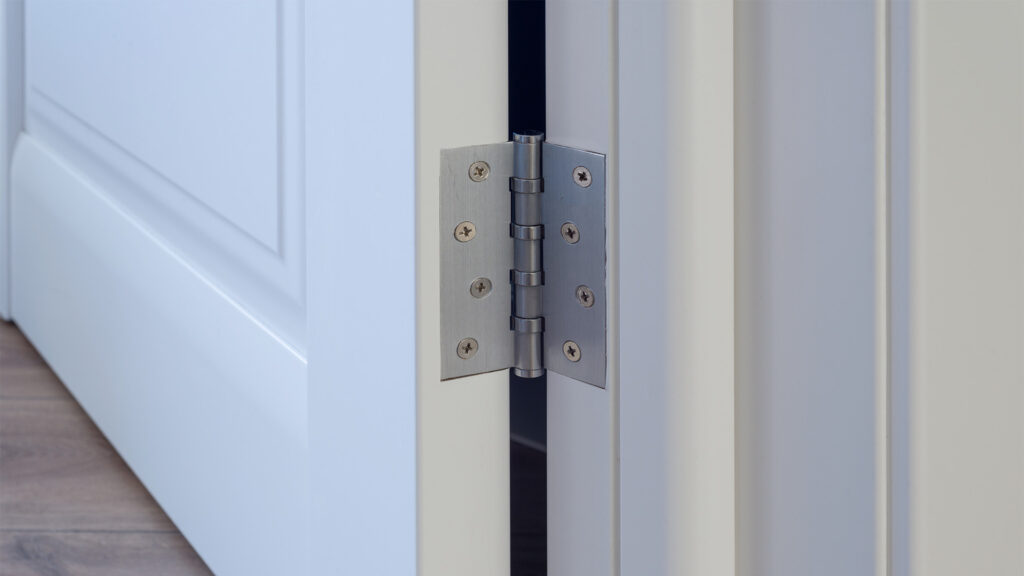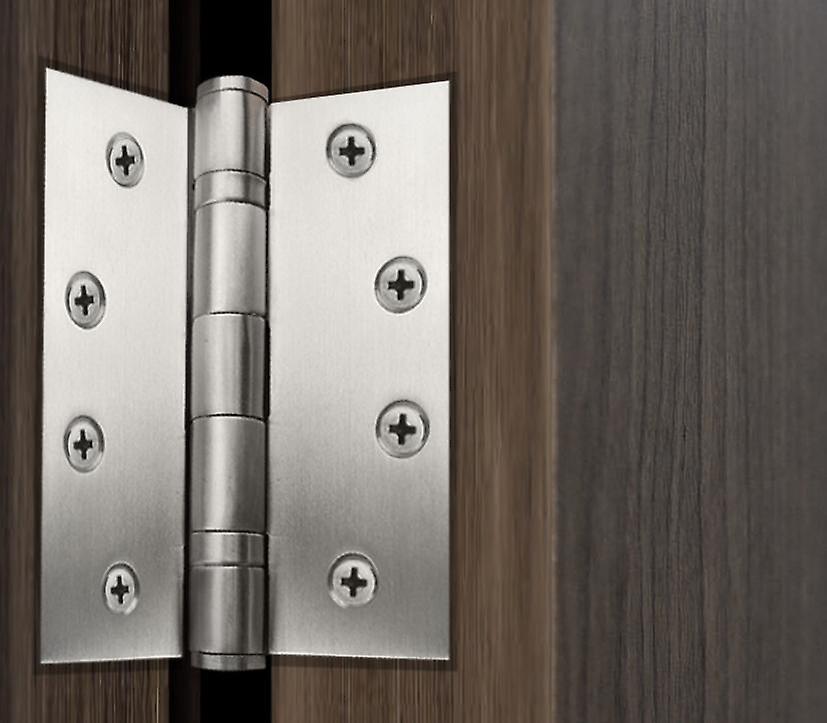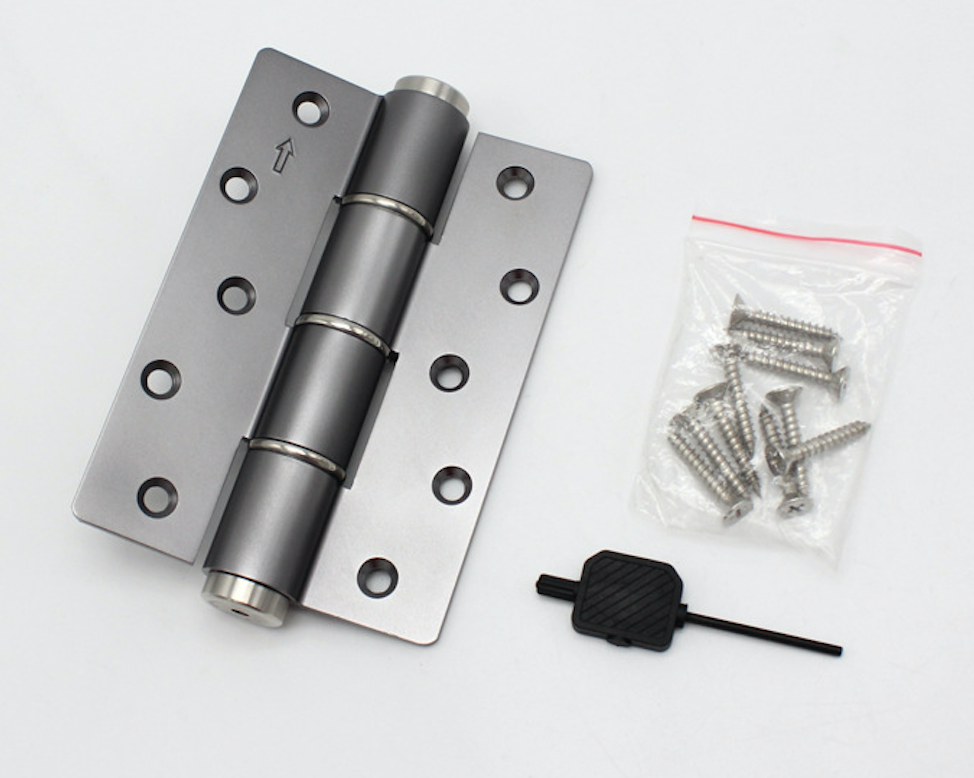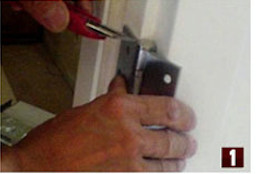Stainless steel door hinges are among the most commonly used types of hinges today, valued for their durability, strength, and resistance to corrosion. A hinge serves as the critical hardware that connects a door panel to its frame, enabling the door to open and close properly. Without hinges, a door simply wouldn’t function. Hinges are available in a variety of materials, including iron, steel, nylon, and stainless steel, each with its own set of characteristics.
Iron hinges, for instance, are not particularly resistant to rust or corrosion and will degrade over time, especially when exposed to moisture. Nylon hinges, while highly resistant to wear, are less durable overall and can easily become damaged under heavy usage. Steel hinges are a higher-end option, offering solid performance but often at a higher cost. Stainless steel hinges, on the other hand, are both attractive and functional, with superior resistance to corrosion, rust, and wear, even in humid conditions. This makes stainless steel hinges an excellent choice for most applications.
The stainless steel door hinge is not only cost-effective but also one of the most popular choices on the market, thanks to its combination of strength, durability, and longevity. Let’s explore some key factors to consider when choosing a stainless steel door hinge.



What Sets Stainless Steel Hinges Apart from Brass Hinges?
In today’s decorative and functional world, hinges have become essential for both aesthetic and practical reasons. When comparing stainless steel door hinges to brass hinges, the primary difference lies in the material. Brass, while visually appealing, is prone to developing a patina over time, which can give it an aged or worn look. As a result, brass hinges are generally used in dry, controlled environments where exposure to moisture is minimal.
Stainless steel, on the other hand, is highly resistant to rust, corrosion, and staining, making it a far superior option for areas with high humidity. While stainless steel hinges can be more expensive than brass, they offer unmatched strength and longevity, making them a worthwhile investment for both residential and commercial doors.
How to Evaluate the Quality of a Stainless Steel Door Hinge
Not all stainless steel door hinges are created equal. To determine whether a hinge is of high quality, you’ll need to carefully inspect a few key features.
1. Surface Quality: First, check for any visible defects such as scratches, dents, or deformation. These can be indicators that the hinge was made from substandard materials or scrap metal. A good quality stainless steel hinge should have a smooth and even surface.
2. Functionality: Test the hinge by opening and closing it several times. Pay close attention to the movement—does it feel smooth and quiet, or does it make noise? If the hinge produces a grinding sound, it could be a sign of poor craftsmanship. The hinge should also rotate evenly without any wobbling or resistance.
3. Rivet Assembly and Tightness: Examine the rivets that hold the hinge together. If the rivets are loose or appear poorly attached, the hinge may be unstable and prone to failure. A quality hinge will have tightly riveted components that won’t easily come apart under stress.
4. Cup and Indentation Check: Inspect the hinge cups for any noticeable indentations or signs of wear. If the indentations are deep, this could indicate that the material of the cup is too thin and prone to breaking under pressure. A strong, durable hinge should have cups made from thick, resilient material.
5. Screw Quality: Most stainless steel door hinges come with adjusting screws, which help fine-tune the hinge’s performance. These screws are typically located at the top and bottom of the hinge, and some modern designs feature additional left-to-right adjusting screws, making them three-dimensional adjustable hinges. Check that these screws are of good quality and easily adjustable. Inferior screws may corrode or strip over time, leading to malfunctioning hinges.



Conclusion
Choosing the right hinge for your door may seem like a small detail, but it plays a crucial role in the overall function and appearance of the door. Stainless steel door hinges, with their rust resistance, sleek finish, and strong build, are an excellent choice for most environments. By keeping an eye out for the factors listed above, you can ensure that you select a high-quality hinge that will serve you well for years to come. Whether you’re renovating your home or installing a new door, investing in stainless steel door hinges is a smart decision that provides both reliability and aesthetic appeal.


